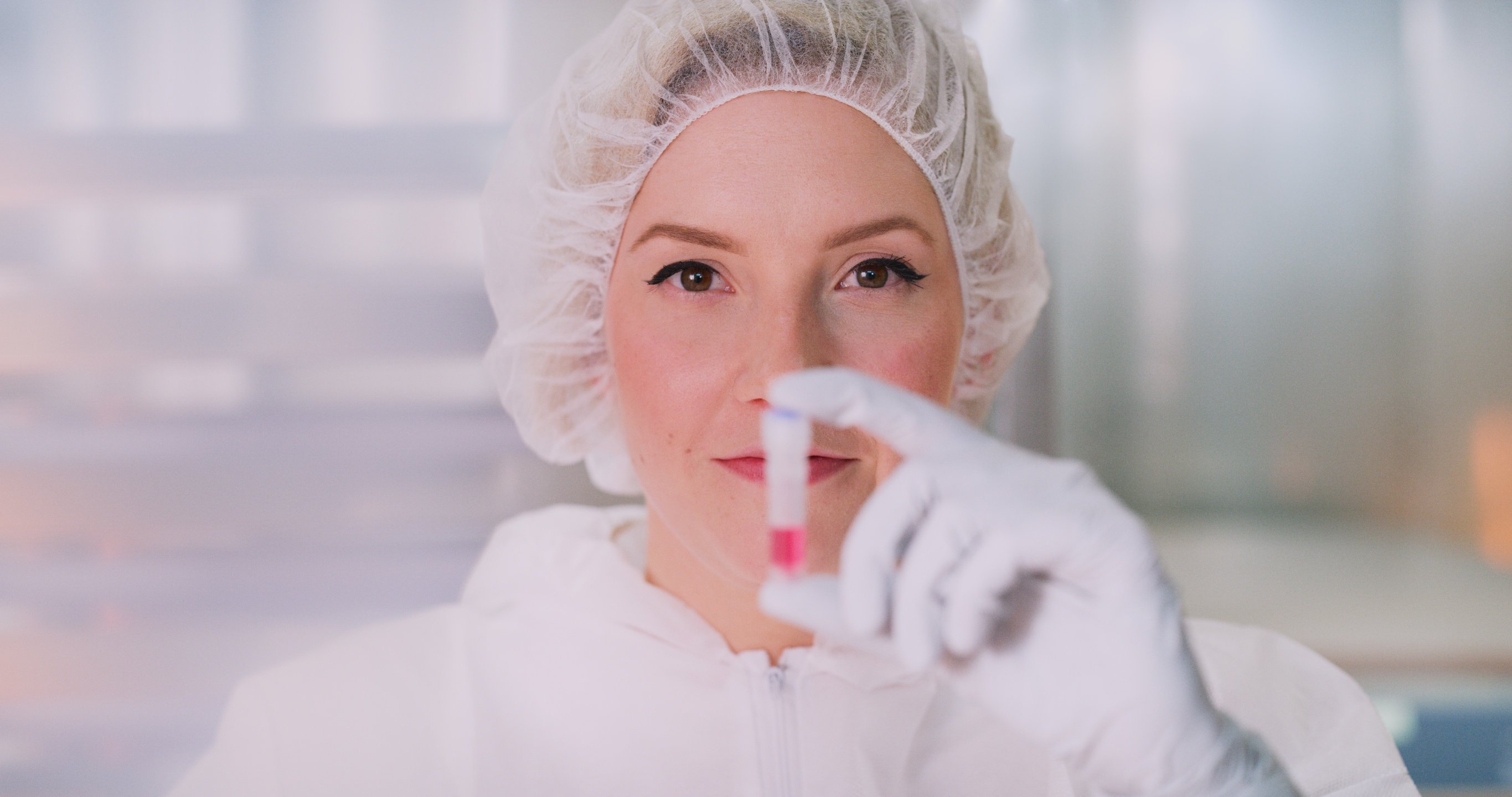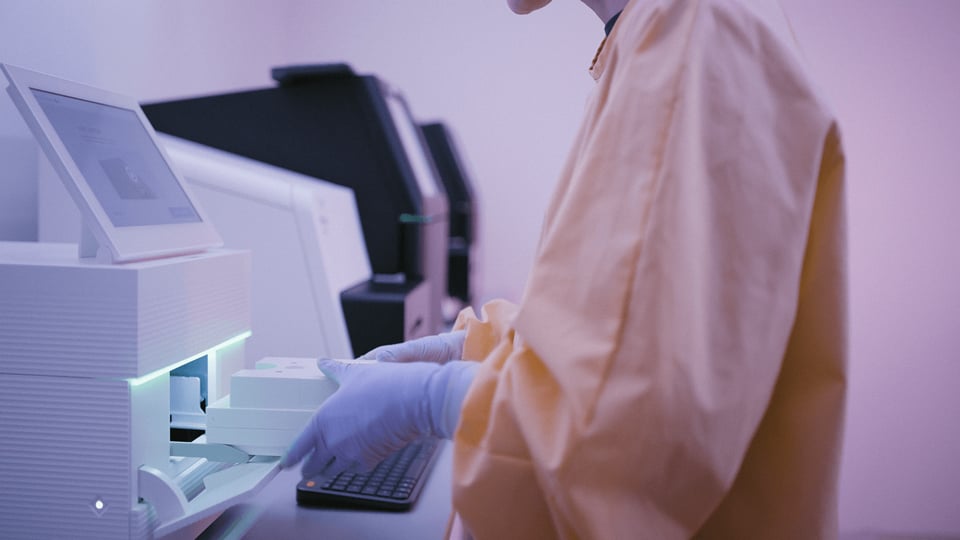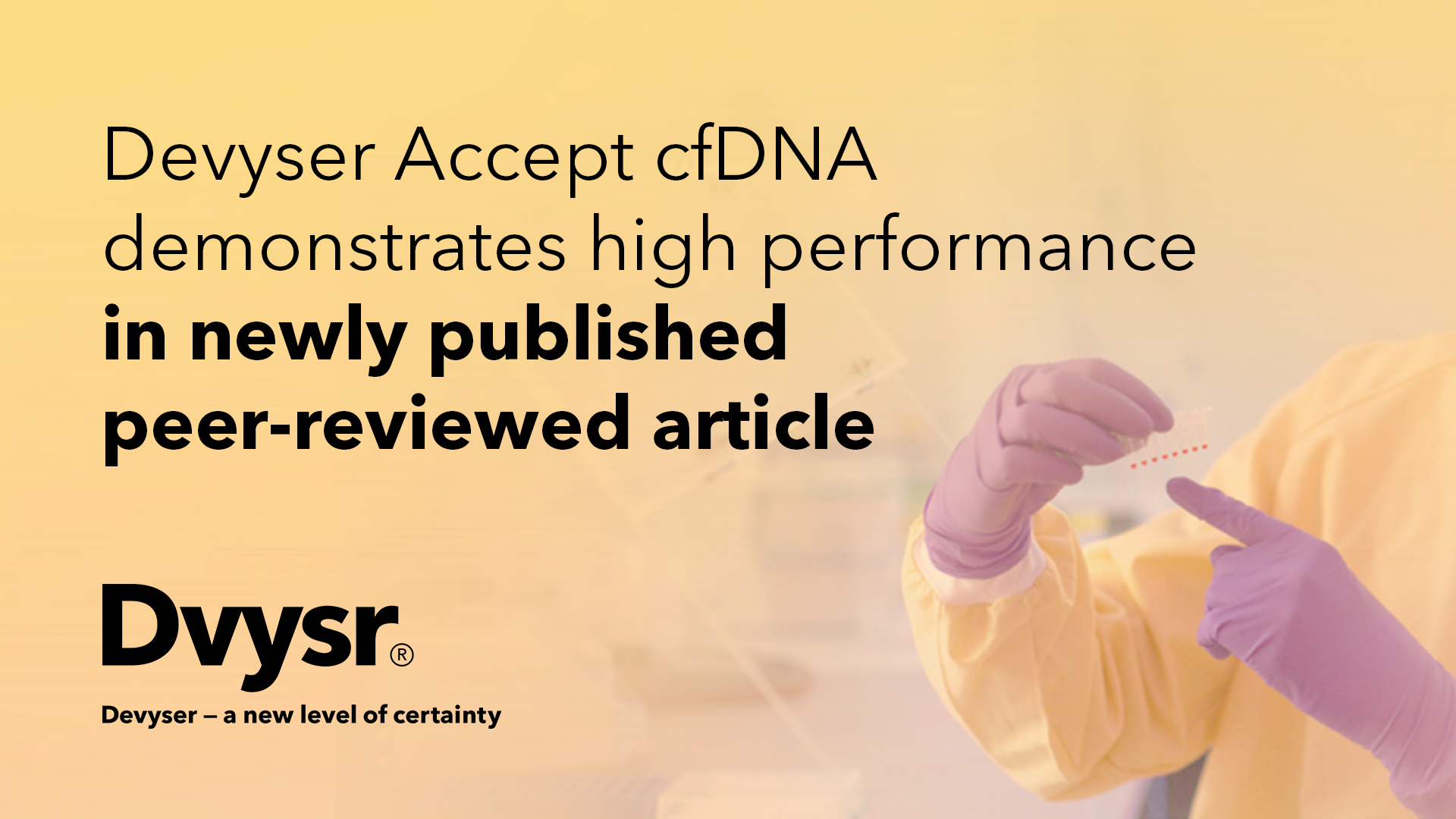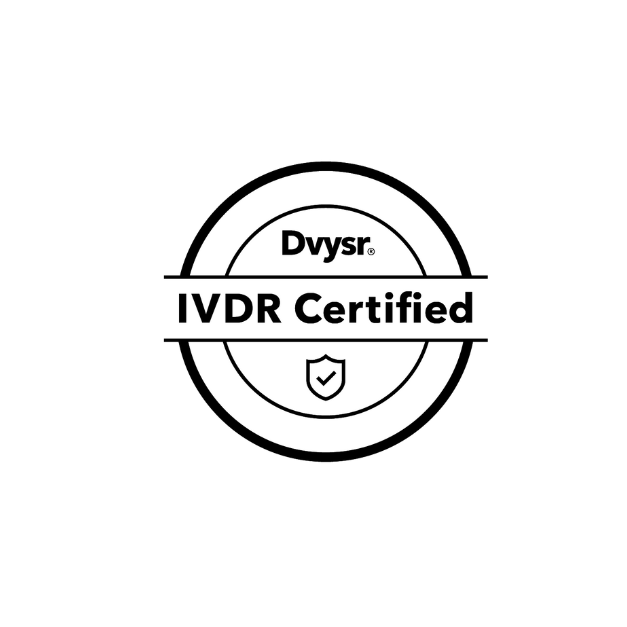Devyser announces study publication demonstrating dd-cfDNA detection in dual donor kidney transplant patients
Devyser Diagnostics AB announces today an article titled “Detection of donor-derived cell-free DNA...
In this whitepaper Dr. Dan Hauzenberger, Medical Director of the Section for Transplantation Immunology at Karolinska University Hospital and Chief Medical Officer at Devyser explains that, monitoring for mixed chimerism in patients after HSCT has in several studies been shown to be of clinical importance. The main purpose of the assay is to verify engraftment and subsequently monitor for the presence of MRD and potentially early detection of possible relapse.


When planning to adopt a new NGS test in the clinical laboratory, many questions and practical considerations arise. Will introducing this new test increase or decrease complexity in the lab? Which activities will be impacted in the wet-lab and how will this affect cost-efficiency? What equipment, materials and reagents do I need to get started? How much training will be needed?
What you’ll learn
This guide addresses frequently asked questions and highlights key factors to consider when adding a new NGS test to your offering. Learn how recent advances in NGS protocols can simplify testing workflows in your lab - saving time, improving the quality of results, and increasing efficiency. You will also find links to useful resources, such as our sequence coverage calculators and NGS checklist tool.


News | June 26, 2025
Devyser launches Devyser HLA Loss: A high-precision NGS assay for post-transplant researchNews | October 29, 2024
Devyser seeks to secure FDA approval for NGS test for kidney transplant monitoringNews | October 28, 2024
Devyser Compact achieves Class III approval in China.png)
Devyser Diagnostics AB announces today an article titled “Detection of donor-derived cell-free DNA...
Read More

Read More

Devyser’s novel test for detecting donor-derived cell-free DNA in blood samples from...
Read More
.jpg)
A better patient care is the final objective for Dr. Helena Devos and the team at Sint Jan’s...
Read More